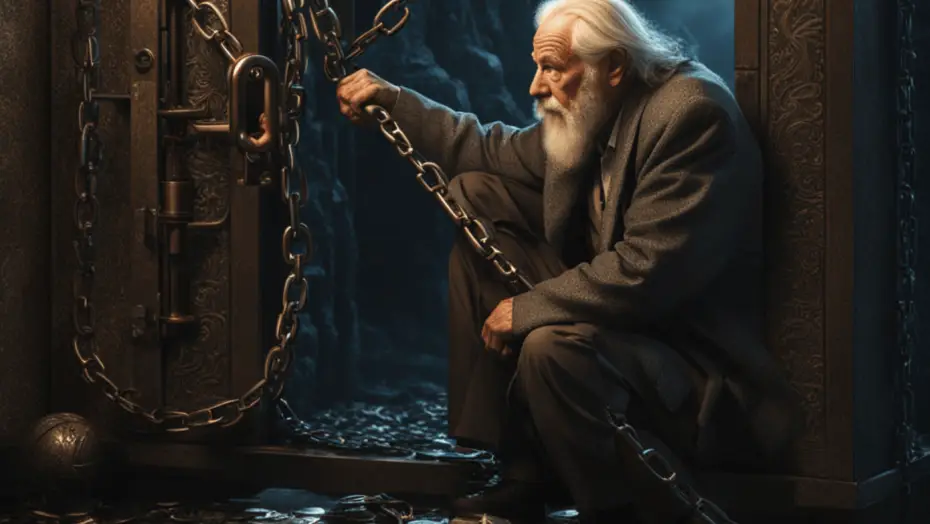Valentine’s Day has long been associated with love, romance, and lavish expressions of affection. For many, it’s a day to celebrate their significant other with gifts, dinner dates, flowers, and chocolates. However, as this day approaches each year, many people begin to ask themselves: is Valentine’s Day worth the cost? Beyond the heart-shaped boxes of chocolates and the meticulously planned dinners, the financial toll of the holiday can be significant. This article delves into the true cost of Valentine’s Day, considering not only the financial aspects but also the emotional and social implications.
Financial Implications: The Price of Romance
Valentine’s Day has evolved into one of the biggest consumer holidays in the United States. According to estimates, Americans spend billions each year on gifts, dining, and experiences. The average expenditure for a single person can range from modest to extravagant, depending on their approach to the day. Jewelry, flowers, fine dining, and experiences like weekend getaways all come with a hefty price tag. Additionally, for those seeking to surprise their loved ones, costs can quickly escalate, with luxury gifts such as designer handbags or high-end tech gadgets often taking center stage.
For couples, this financial pressure is often amplified, particularly for those who feel the societal expectation to demonstrate their love through material gestures. The marketing around Valentine’s Day encourages the idea that love must be shown in extravagant, expensive ways, leading many to overspend or feel guilty for not meeting these expectations. However, it’s worth questioning whether such lavish spending truly enhances the relationship, or if it’s simply an external pressure perpetuated by commercial interests.
Emotional Costs: The Pressure to Perform
Beyond the monetary costs, there is an emotional toll that comes with Valentine’s Day. For some, the pressure to “get it right” can be overwhelming. Couples may feel the weight of expectations placed on them to create the perfect day or gift. This stress can lead to anxiety, particularly for those who are already dealing with relationship difficulties or personal insecurities. The commercialization of the holiday, with its emphasis on perfection, can exacerbate these feelings, leaving people dissatisfied with the results, regardless of how much effort they put in.
Additionally, those who are single may experience a sense of exclusion or loneliness. Society often romanticizes the idea of being in a couple, and Valentine’s Day reinforces the notion that one must be in a relationship to fully experience happiness or fulfillment. For singles, the day can be a reminder of what they lack, leading to feelings of inadequacy. The emotional impact of Valentine’s Day isn’t just limited to those without a partner; it extends to individuals who may feel isolated in their relationships, as they navigate the weight of societal expectations.
Societal Pressure: The Need to Conform
In many ways, Valentine’s Day serves as a cultural barometer for relationship status. The pressure to conform to societal norms around romance can be particularly evident in the workplace, schools, and social media. Employees may feel obligated to buy gifts for coworkers or express their affection in ways that align with workplace culture. Meanwhile, social media plays a role in intensifying the pressure to demonstrate love in public, with photos of grand gestures flooding feeds. These platforms have a tendency to highlight the most extravagant displays of affection, skewing perceptions of what a “normal” Valentine’s Day looks like.
This societal pressure often leads to feelings of inadequacy or a fear of missing out (FOMO). People may feel compelled to engage in consumerist behaviors simply to fit in with the status quo, rather than genuinely wanting to participate in the holiday. This dynamic raises the question of whether Valentine’s Day has become more about keeping up appearances than authentically celebrating love.
The Environmental Cost: Waste and Overconsumption
Another overlooked aspect of Valentine’s Day is its environmental impact. The mass consumption associated with the holiday leads to significant waste, from wrapping paper and plastic packaging to flowers and unsustainable gift options. Many people opt for single-use items like balloons, greeting cards, and cheap trinkets that end up in landfills shortly after the holiday ends. Additionally, the environmental footprint of the global supply chain that produces Valentine’s Day-related products — from the transportation of flowers to the production of jewelry — further contributes to ecological degradation.
In recent years, there has been a growing awareness of the need for sustainability, and some people are seeking alternative ways to celebrate the holiday. This includes opting for eco-friendly gifts, supporting local businesses, or even forgoing traditional presents altogether in favor of experiences that create lasting memories without contributing to environmental harm. However, for the most part, Valentine’s Day remains a highly wasteful event, with many of its associated traditions continuing to contribute to the global waste crisis.
The Benefits of a Simpler Valentine’s Day
While the financial, emotional, and environmental costs of Valentine’s Day can seem daunting, there are benefits to simplifying the holiday. Instead of focusing on extravagant gifts or displays of affection, couples can opt for more meaningful gestures that don’t come with a hefty price tag. A handwritten note, a homemade dinner, or even spending quality time together can be just as impactful as an expensive gift. These alternatives not only reduce stress but also promote the idea that love doesn’t have to be bought — it can be nurtured through small, thoughtful actions.
For singles, reframing Valentine’s Day as a celebration of self-love or friendship can help ease the pressure to conform to traditional norms. Rather than focusing on romantic love, individuals can take the opportunity to treat themselves, spend time with close friends, or engage in activities that promote their own well-being. This shift in perspective can help diminish feelings of loneliness or inadequacy, fostering a sense of empowerment and fulfillment.
Is Valentine’s Day Worth the Cost?
Ultimately, whether or not Valentine’s Day is “worth it” depends on the perspective of each individual. For some, the celebration is a cherished tradition that brings joy and strengthens their relationships. For others, the commercialization and pressure associated with the holiday may make it feel burdensome. The key is finding a balance that aligns with personal values and preferences, rather than succumbing to external expectations.
One of the most important lessons Valentine’s Day teaches us is that love should not be measured by material gifts or grand gestures. The true cost of the holiday lies not in the money spent or the pressure to conform but in how we choose to engage with the day. Whether we embrace the holiday with all its traditions or choose to celebrate love in a more personal, meaningful way, the value of Valentine’s Day ultimately comes down to how we connect with those we care about — and with ourselves.




